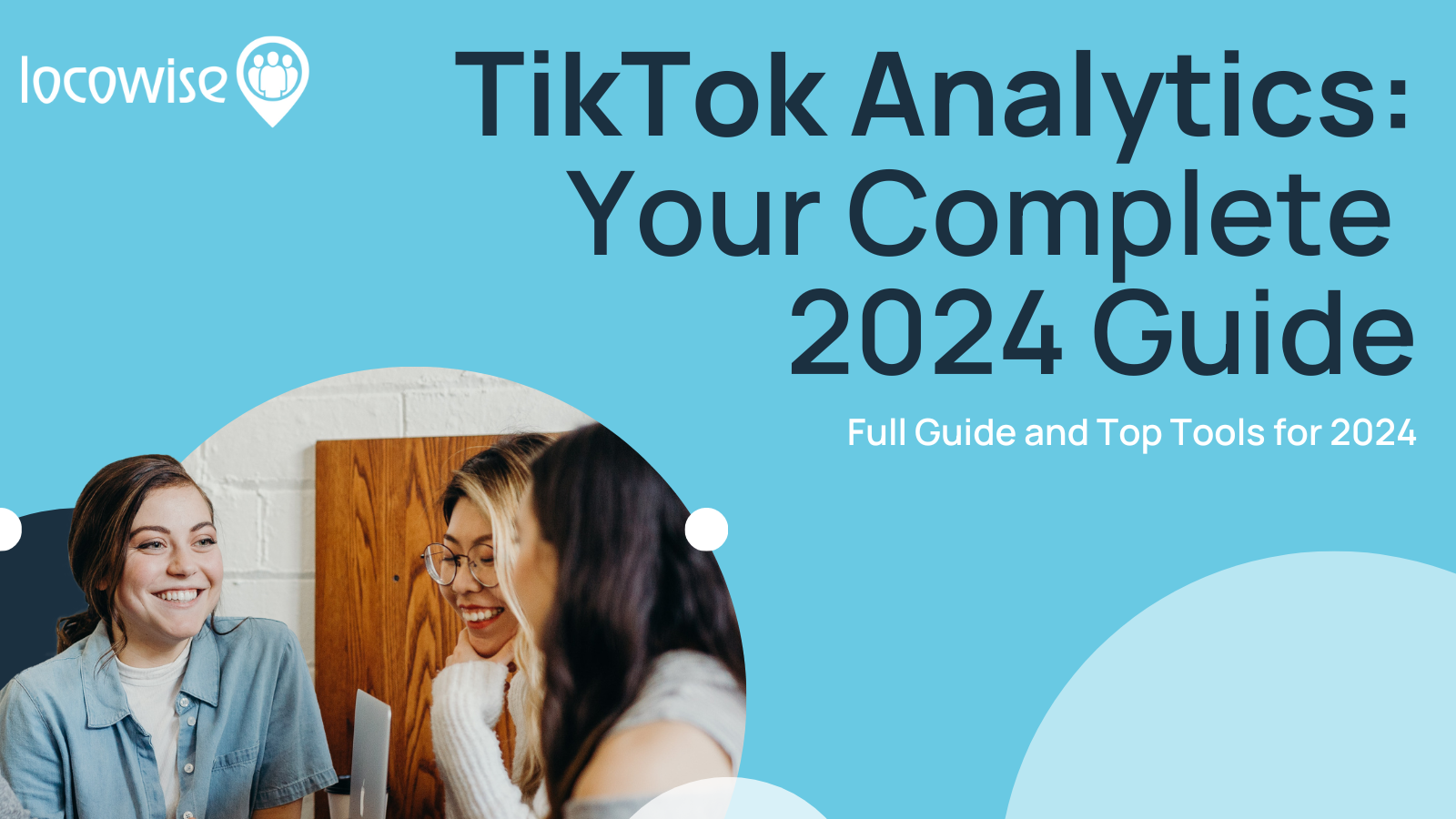How To Get Your Brand Launched On LinkedIn Company Pages
Sahail Ashraf posted on 4 November 2016
Okay, Linkedin may have this reputation for being uber professional and not a little stuck-up, but if you’re a brand, there is one aspect of the platform that you need to get your teeth stuck into.
Creating a company page is simple, but making sure it does the job you want it to, and warrants the hard work required, is a whole new ball game. It is hard work, let’s not beat around the bush here. But that hard work can result in another string to your social media marketing bow, and it can be a pretty powerful one too.
So how do you create a company page that does your brand some good, rather than harm?
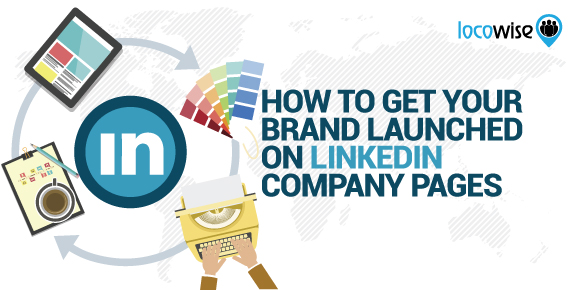
Following the steps below should put you in the right place as regards getting set up, and having the right platform to make LinkedIn work for your brand. Remember that it does take time and attention. Don’t be that brand that sets up the page and then leaves it to fend for itself. It won’t cope.
The tech basics
We are sure that you have already set up the basics for your company page, and that you’ve got all your company details and features in there and ready to rock and roll. The next step is ensuring that your logo rocks, and that it works to market your brand.
Make sure the logo works and that it is clear and bold. But you also need to upload a square logo (of course, your logo could be square now so this could be less challenging than it might have been) because the square logo, sized right, will be shown in your status updates. For this second logo, make sure it is sized at 50 x 50 pixels.
The background image is the next part. Here you need to make a huge effort to pull together a background image that is a showstopper. You can try a bunch of apps, or you can simply have a professional photographer take a shot of your office, for example. But it has to be incredibly powerful and attractive, the kind of image that people will stop and stare at, rather than scroll down and away from.
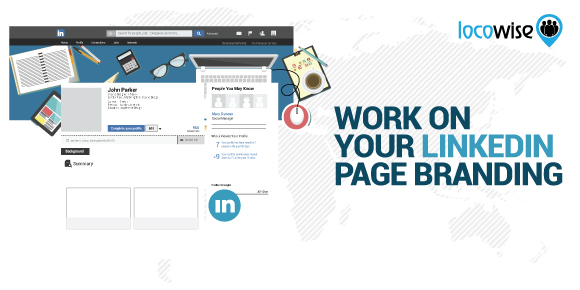
Want to keep it simple? Take a shot of a customer using your product and splash it up on the background image. Or do what a lot of brands do and show your workplace with plenty of happy employees.
Get to grips with the whole posting thing
Okay, LinkedIn is not like Twitter or Facebook. Far from it. It requires nowhere near the same level of attention when it comes to posting, frequency-wise at least, and is all about the long game. This platform rewards low-level, quality activity.
The reason for this is pretty clear. A vast majority of the people on LinkedIn are professionals, way too busy to be glued to their laptops or phones. If you’re over the top and intrusive, you’re either going to be a turnoff because you’ll be all over the place on LinkedIn, or you simply won’t get seen half the time because your audience isn’t there.
For the first few weeks, and arguably the first few months, you should focus on posting just once a day on your company page. Make the posts incredibly useful. Think about your audience and what it wants answers to, and consider yourself the font of all knowledge on the subject. The time for branded commercial marketing is way away in the future. Now is the time for showing expertise, and helping as many people as possible.
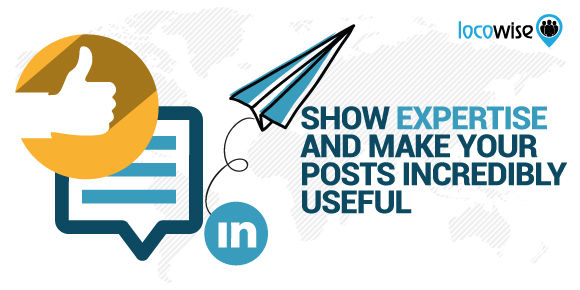
Post content (once a day in those first few months) that is helpful, simple as that. If you run a marketing company, offer small businesses advice on how to use marketing to find more customers. Some simple, practical advice. This will make sure that your audience grows, and you become known as a confident brand that knows what it’s talking about.
Your audience will also appreciate resources. Post up whitepapers that you have specially created for them. Offer links to blog posts that contain a ton of links that will genuinely help your audience. Or just create a guide that helps your customer solve their problem, from A to B.
You also need to know when to post if you’re going to launch your company page effectively. Bearing in mind the fact that so much of the audience is corporate, you should focus on posting during the working week. If we’re talking actual days, go for the days when people actually do work at work, Tuesday to Thursday inclusive. Make your best posts happen on these days.
Analytics and metrics
We obviously have a little stake in recommending that you keep an eye on your metrics in these early stages, but it really makes a huge difference. It’s important to get the best start and to cut down on mistakes and wastage as much as you can.
You can do this by seeing which posts make the most sense. While it’s true that LinkedIn is very different to Facebook and Twitter, knowing which posts do well on these two platforms by taking a look at your metrics can give you an insight into what you should be focusing on in your LInkedIn posts.
With people who connect, be vigilant
LinkedIn is a bit of a minefield at times. When it was first growing, it was a truly professional space, where brands could quite easily find leads and develop strong relationships. There has been a shift, though, in the last couple of years.
These days, anyone can open up a LinkedIn account and develop what looks like an impressive profile. This means that anyone can be out there, and if your connection list is growing, keep an eye on it to make sure that the people you are accepting are actually relevant to your brand.
The most relevant people are those you can market to. So use the search function to find people who are most likely to fit into your customer profile. Also, as you build up connections in this area, start to focus on influencers, people who will help your brand make waves in the long term.
But every now and then, conduct a clean of your list. Nine times out of ten, you will find someone on there who has absolutely nothing relevant to offer you and your brand. This Is especially important in the first six months, as you aim to build up your presence in the most professional way possible. And don’t fret about losing numbers.
On LinkedIn, it doesn’t really matter how many people you have on your list. What does matter is the fact that you have some inappropriate connections. It just looks bad.
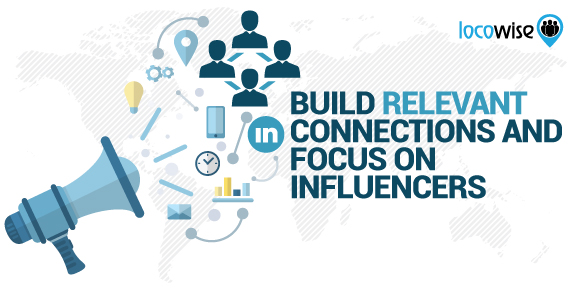
Want some of that metric magic for yourself? Try a free 14 days of Locowise and you simply won’t look back.




